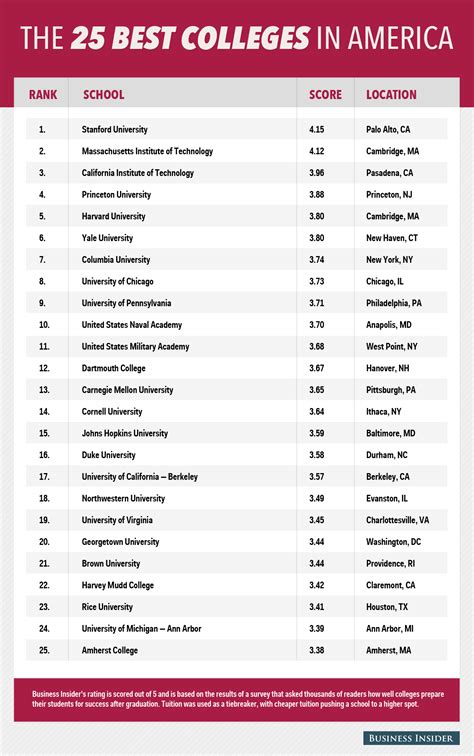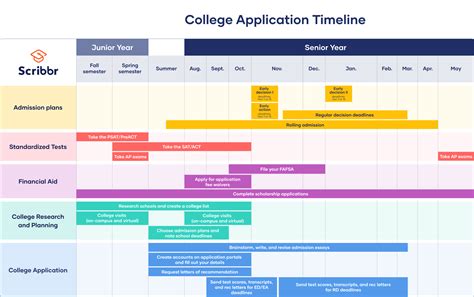Public University Options: Find Your Best Fit

Public universities have long been a staple of higher education, offering students a wide range of academic programs, research opportunities, and campus experiences at an affordable price. With over 1,600 public universities in the United States alone, the options can be overwhelming. In this article, we will delve into the world of public university options, exploring the benefits, types, and factors to consider when finding your best fit.
Benefits of Public Universities

Public universities offer numerous benefits, making them an attractive choice for students. Lower tuition costs are a significant advantage, as public universities are funded by the state, allowing them to keep costs lower compared to private institutions. Additionally, public universities often have larger campuses and more resources, providing students with access to state-of-the-art facilities, libraries, and research opportunities. Academic diversity is another benefit, as public universities typically offer a broad range of undergraduate and graduate programs, catering to different interests and career goals.
Types of Public Universities
Public universities can be categorized into several types, each with its unique characteristics. Flagship universities are the most prominent public universities in a state, often with a strong reputation and high academic standards. Comprehensive universities offer a wide range of academic programs, including liberal arts, sciences, and professional fields. Community colleges provide two-year associate’s degree programs, often with a focus on vocational training and workforce development.
| University Type | Description |
|---|---|
| Flagship University | Most prominent public university in a state, with high academic standards |
| Comprehensive University | Offers a wide range of academic programs, including liberal arts, sciences, and professional fields |
| Community College | Provides two-year associate's degree programs, often with a focus on vocational training and workforce development |

Factors to Consider When Choosing a Public University

With so many public university options available, it’s essential to consider several factors to find the best fit. Academic programs should be a top priority, ensuring the university offers programs that align with your career goals and interests. Location is another crucial factor, as it can impact your overall college experience, from access to internship opportunities to the availability of part-time jobs. Campus culture is also important, as it can influence your social life, extracurricular activities, and overall sense of belonging.
Additional Considerations
In addition to academic programs, location, and campus culture, other factors to consider include tuition costs and financial aid, student-faculty ratio, and campus resources and facilities. It’s also essential to research the university’s reputation and accreditation, as well as its career services and job placement rates. By carefully evaluating these factors, you can make an informed decision and find a public university that meets your needs and helps you achieve your goals.
- Research academic programs and Ensure they align with your career goals and interests
- Consider the location and its potential impact on your college experience
- Evaluate campus culture and its potential influence on your social life and extracurricular activities
- Compare tuition costs and financial aid options
- Assess student-faculty ratio and campus resources and facilities
What are the advantages of attending a public university?
+The advantages of attending a public university include lower tuition costs, larger campuses and more resources, and academic diversity. Public universities also offer a wide range of academic programs, research opportunities, and campus experiences.
How do I choose the right public university for me?
+To choose the right public university, consider factors such as academic programs, location, campus culture, tuition costs and financial aid, student-faculty ratio, and campus resources and facilities. Research the university’s reputation and accreditation, as well as its career services and job placement rates.
What types of public universities are available?
+There are several types of public universities, including flagship universities, comprehensive universities, and community colleges. Flagship universities are the most prominent public universities in a state, while comprehensive universities offer a wide range of academic programs. Community colleges provide two-year associate’s degree programs, often with a focus on vocational training and workforce development.



